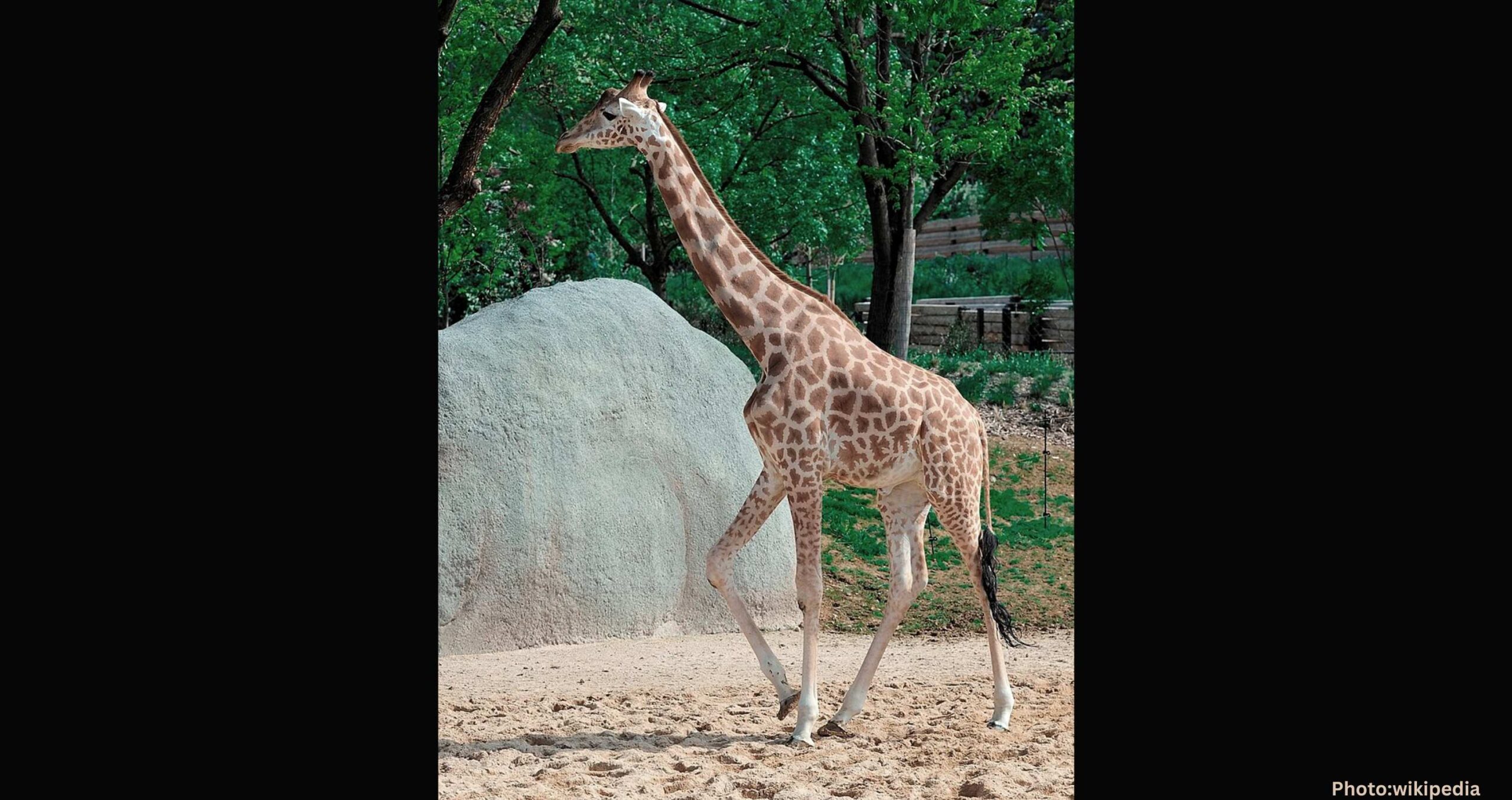Recent research reveals that giraffes are not a single species but rather four distinct species, significantly impacting conservation strategies and understanding of their diversity.
NEW DELHI – Giraffes, renowned as the tallest animals on the planet, have recently been reclassified from a single species into four distinct species. This groundbreaking finding, announced on August 21 by the International Union for Conservation of Nature (IUCN) Giraffe and Okapi Specialist Group, is set to reshape how scientists and conservationists approach the protection of these majestic creatures.
For many years, giraffes were thought to consist of one species with nine subspecies. However, this new global review has clarified the complexities of giraffe diversity, resolving decades of confusion regarding their classification.
The review was conducted by a specialized task force established in 2024, tasked with examining the latest genetic, physical, and geographical data related to giraffes. The conclusion drawn from this extensive research is that the differences among giraffe populations are significant enough to warrant their classification as separate species, each with its own unique evolutionary history.
“Recognizing four species is crucial for conservation,” the task force emphasized. “It allows for more accurate Red List assessments and helps shape strategies tailored to each species’ needs.”
In their analysis, scientists utilized genetic data from a multitude of studies, making giraffes one of the most thoroughly researched large mammals in Africa. The examination of DNA from both nuclear and mitochondrial sources revealed substantial differences between various giraffe populations. Additionally, physical characteristics, such as variations in skull structure and bone shape, provided further evidence supporting the distinct species classification. Geographic barriers, including rivers and rift valleys, have also contributed to the long-standing separation of these populations.
This comprehensive body of work has confirmed that what was previously perceived as minor variations among giraffes is, in fact, indicative of distinct species.
For conservationists, this shift in understanding goes beyond mere academic interest. With giraffe populations declining in certain regions of Africa, identifying which species are most at risk is vital for determining how resources are allocated and how cross-border conservation efforts are managed. The new classification will enable more effective strategies to ensure the survival of these remarkable animals.
As the understanding of giraffe diversity evolves, it underscores the importance of ongoing research and conservation efforts aimed at protecting these iconic creatures and their habitats.
Source: Original article

